We’re continuing the countdown of the Top 50 Spider-Man stories. Each of these issues is available on Marvel’s Digital Unlimited program.
This is the point where most of the choices are stories that veteran Spider-Man fans are familiar with (obviously new Spider-Man fans would do well check these out.) Many will not be surprising, although there may be two that are quite well-known, but not usually in this kind of context.
The first entry may get complaints from readers who think it should be higher.
20. Now Strikes the Hobgoblin (Amazing Spider-Man #238-239)

Writer: Roger Stern, Artist: John Romita Jr
This is the origin of a villain that still manages to keep his identity secret, kicking off one of the great mysteries of the Spider-Man comics. While fleeing Spider-Man, a random crook finds the Green Goblin’s lair and sells it to a wealthy acquaintance. That man is inspired to become a supervillain, but he has a different strategy than Osborn. The Hobgoblin is ruthless and methodical where the Green Goblin was crazy and unpredictable. The Hobgoblin’s inexperienced, and this is evident in the story. But he’s willing to put lives at risk to cover his tracks, which makes for a nasty debut for a villain who is connected to Spider-Man’s history, but adds a new spin to it.
Historical Significance? This story marked the first appearance of the Hobgoblin, who would go on to be one of Spider-Man’s most popular enemies. The mystery of his secret identity would dominate the series for another 50 issues until Amazing Spider-Man #289. It would later be revealed that the real Hobgoblin was someone else, but his identity wouldn’t be uncovered until The Hobgoblin Lives mini-series in 1997. This was also a rare great Spider-Man story that occurred concurrently with another as it was set at the same time as the Owl/ Octopus war, and referenced events from that saga.
The best collection of this story is probably in the Spider-Man: Roger Stern omnibus in oversized hardcover form.
The story appeared on Wizard’s top ten list of the greatest Spider-Man stories. Roger Stern’s Hobgoblin saga was #6 on CBR’s list of the Top 50 Spider-Man stories.
19. The Alien Costume Saga (Amazing Spider-Man #252-259)

Writer: Tom DeFalco, Artist: Ron Frenz
From the various adaptations you might have a particular image of the Alien Costume saga, as a story of Peter going out of control and upsetting under the influence of the costume, perhaps while making an enemy out of Eddie Brock. The original story is a little bit different. While we quickly learn that the costume is rather unusual, the main effect on Peter is that he’s more tired than he used to be. It takes him a while to realize that something’s going on, and that occurs after he connects a few subtle clues. While the encounter with the costume is quite satisfying, there’s more to the saga. Spider-Man encounters several new villains who have had significant staying power; the Rose, the Puma and the Black Fox. The individual stories are affecting, as Spider-Man gets involved in the lives of two lovers having a tiff, or the disappointed brother of a flawed football player. Peter’s life is thrown for a loop, even without the costume changing his personality. This saga kicks off a period when Aunt May and Peter weren’t on speaking terms with one another, for reasons that completely fit their characters. It leads to one of the greatest sacrifices Peter has to make in his personal life for his duties as Spider-Man. Peter also learns a secret from Mary Jane that changes their relationship forever, and goes on to learn her secrets.
Historical Significance? These issues reveal that the black costume Spider-Man gained in Secret Wars was actually an alien being. The alien being stuck around as the host for one of Spider-Man’s greatest enemies: Venom, and as the “father” of Carnage. The issues also introduced recurring villains the Rose, the Black Fox and the Puma. The revelations about Mary Jane’s past as well as what she knows about Peter have shaped her relationship with him going forward.
Amazing Spider-Man #252 and #259 received separate entries in the Spider-talk podcast’s Essentials series. The larger alien costume saga made CBR’s list of the Top 50 Spider-Man stories.
18. To Have and to Hold (Sensational Spider-Man Annual #1)
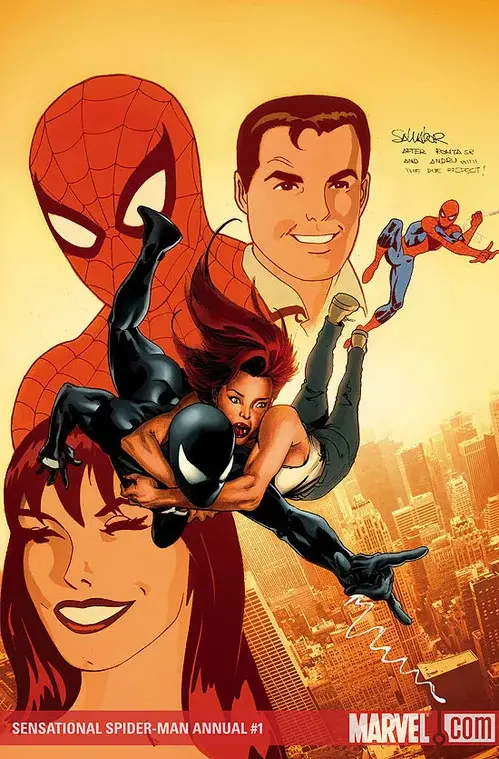
Writer: Matt Fraction, Artist: Salvador Larocca
In the aftermath of Civil War, Spider-Man’s identity is known to the public and he’s a fugitive. He’s willing to turn himself in to the authorities if they can guarantee his family’s safety. At the same time, Mary Jane is offered a stark choice between jail time or betraying her husband. During what may be their greatest challenge, we see flashbacks to the early days of Peter and MJ’s relationship, including how they both misunderstood one another during a key moment. This isn’t a story where the bad guys are supervillains; their enemies are legitimate forces of the authorities. This is an issue elevated by some clever storytelling and the focus on character.
Historical Significance? This became a touchstone for the character, and was referenced as a highlight of the marriage in One More Day.
This issue received an entry in the Spider-talk podcast’s Essentials series. It also made CBR’s list of the Top 50 Spider-Man stories. It appeared on IGN’s list of the best Spider-Man stories. Brandon Thomas covered it in his “Anatomy Lessons” column at Bleeding Cool.
17. Spider-Man (Amazing Spider-Man #1)

Writer: Stan Lee, Artist: Steve Ditko
We’re counting both stories, since this was intended to be a complete package by the creative team. We take a lot of what happened in this comic for granted, but much of it was daring at the time. Spider-Man has always been a reader surrogate, so he does what the reader would do in the early Marvel Universe: tries to join the Fantastic Four. It obviously isn’t bad marketing to have characters from Marvel’s best-selling title guest-starr in the first issue of their newest lead. Some of what happens here is still pretty shocking. Peter’s so poor his aunt has to pawn her jewelry. He’s seriously considering a life of crime, and the main reason he doesn’t go through with it is that he’s worried about what’ll happen to Aunt May if he gets caught. He still does the right thing as a hero, saving the life of an astronaut in a daring rescue, and fighting a Soviet spy, but it doesn’t help him out any. His efforts just make him new enemies: the Chameleon, a traditional supervillain; and J. Jonah Jameson, who will be something else entirely.
Historical Significance? This is going to take a while. This was the first full issue starring Spider-Man. It established Spider-Man as being in the Marvel Universe, and featured a guest-appearance by the Fantastic Four, one of the first Marvel crossovers ever (Fantastic Four #12 came out the same month, pitting that team against the Hulk.) It featured the first appearances of J. Jonah Jameson, and future Man-Wolf John Jameson, although it wasn’t until the next issue that Peter would begin working for Jonah. It featured the first appearance by the Chameleon. It established the idea that Spider-Man isn’t all that popular in the Marvel Universe, making him different from most other superheroes. Elements of the story have been adapted in various TV series, and it’s been remade a few times. As one of the most famous comic books ever made, it’s become a cultural touchstone.
16. Spider-Man No More (Amazing Spider-Man #50-52)

Writer: Stan Lee, Artist: John Romita Sr.
In the first issue, Spider-Man faces one of his greatest crises, as Peter Parker considers something that superheroes hadn’t really thought about up until that point: Should he just quit? At a low point, he’s convinced that he’s been neglecting his loved ones as Spider-Man, and that he might not be doing the right thing, thanks to an on-air editiorial by J. Jonah Jameson. He later has some encounters that resolve both of these questions. Meanwhile, we see the reactions to Spider-Man apparently giving up the fight: J. Jonah Jameson is elated (although this all leads to hilarious heartbreak for him). A former villain goes back to crime, thinking that this time no one will stand in his way, not counting on the Kingpin (in his first appearance) making a similar play.
The next two issues bring these characters together as the Kingpin gets upset about the Daily Bugle’s reporting, and has Jonah threatened, putting Jonah in a position where he alternates from brave to cowardly to back again. Spider-Man interferes, and goes on to underestimate a crime boss who seems to have no special powers. There are some excellent action sequences by Lee and Romita, and it ends in the death of a supporting character.

Historical Significance? These issues introduce the Kingpin and Joe “Robbie” Robertson, while killing off a Lee/ Ditko member of the Daily Bugle. It features some of the most iconic imagery from Silver Age Marvel. It was part of the basis for Spider-Man 2, widely regarded as the best Spider-Man film to date.
The best version of this story is probably in the The Amazing Spider-Man Volume 2 omnibus, collected in an oversized hardcover format, along with most of John Romita Sr’s run.
It was #2 on Watchmojo’s list of the top ten Spider-Man comics you should read, #10 on MTV’s list of the top ten comics, #7 on IGN’s Top 25, #4 on Complex.com’s Top 25, was covered in the Spider-talk podcast’s essentials series, and was selected by Marvel readers as one of the 75 greatest Marvel comics of all time.
15. The Return of the Burglar (Amazing Spider-Man #193-200)

Writer: Marv Wolfman, Artists: Kevin Pollard, Sal Buscema
You could look at this as a series of smaller stories, all quite good and none out of place on this list. What elevates it is how it all adds up. The big mystery is compelling, while the A-plots show Peter in desperate need of a win but then losing again and again, starting in the first issue. He goes on to encounter the Black Cat, a villain with a dynamic that he definitely isn’t used to, and some compelling motives for her actions. A tragic end there is topped by an even more personal loss, and that’s followed by an ambush from the Kingpin, who promised his wife that he’ll quit crime after 24 hours, but first he has to finish off his old enemy. It’s not going to be up to Peter whether he survives that one. In the final encounters Peter encounters the twin masterminds: a supervillain who has a relatively good plan to make some money and avoid detection from superheroes, and Spider-Man’s first enemy.
Historical Significance? These issues feature the return of Uncle Ben’s killer for the first time since Spider-Man’s first appearance, and bring that story to a permanent end. Then, the Black Cat makes her debut. The Kingpin’s retirement leads to his transition to Daredevil’s arch-enemy during Frank Miller’s run on the title. Then Mysterio returns after an absence of over a decade.
The best version of this story is probably the Marvel Premiere Classics hardcover.
It appeared in CBR’s Top 50.
14. Down Among the Dead Men (Marvel Knights Spider-Man #1-12)

Writer: Mark Millar, Artists: Terry Dodson and Frank Cho
It was initially knockled as a ripoff of the Batman storyline Hush, except the hero facing his greatest enemies in quick succession has been part of the series since Amazing Spider-Man Annual #1, and this story was so much better than Hush. It’s as if Millar looked at the best Spidey comics, and remixed it. You had Spider-Man showing his generosity in a tough time, confrontations with superheroes, Aunt May in danger, Peter risking everything, battles with archenemies, Norman Osborn as a master manipulator, and an ultimate comeuppance for J. Jonah Jameson. Some older concepts were updated, as the story introduced a moving new dynamic for the Black Cat—as Peter realized that she still had feelings for him, while he had moved on—and the Venom symbiote goes in the wrong hands. First, we see what happens when a ruthless wimp takes control. Then, we see what happens when a Lee/ Ditko villain gets an upgrade. Millar and Dodson’s ability to utilize the cinematic storytelling that became vogue in the 21st Century also allows for some of the character’s most impressive fight scenes.
Historical Significance? This story officially featured the outing of Norman Osborn as the Green Goblin (although The Pulse #1-5 by Brian Michael Bendis and Mark Bagley can serve as a prologue.) While there have been multiple Venoms since Mac Gargan, Eddie Brock’s decision to relinquish the symbiote has been a big part of his subsequent arc.
This series appeared in both the IGN and Complex.com Top 25s, as well as CBR’s list of the greatest Spider-Man stories.
13. Venom (Amazing Spider-Man #300)

Writer: David Michelinie, Artist: Todd McFarlane
Some time ago (see Entry #19) Spider-Man came back from space with a new costume that turned out to be a living alien being. It tried to possess his body and seemed to perish in the process. Except now it’s in the hands of someone who really hates Spider-Man, a man who can duplicate many of his powers, knows his secret identity, and can not be detected by his spider-sense. This is a man who has decided to make himself known by scaring the hell out of Peter’s wife. This is probably one of the tensest Spider-Man stories, with a great sense of pacing as the inevitable conflict is delayed before Spider-Man spots his new enemy, and makes a potentially fatal error.
Historical Significance? This story featured the return of the red and blue costume after several years. Venom’s probably the most important Spider-Man villain since the Silver Age. It probably helped cement artist Todd McFarlane in the echelon of Spider-Man greats.
The issue appeared in Wizard’s top ten, Watchmojo’s top ten, MTV’s top ten, as well as CBR’s list of the greatest Spider-Man stories.
12. Back in Black (Amazing Spider-Man #539-543)
Writer: J. Michael Straczynski, Artist: Ron Garney
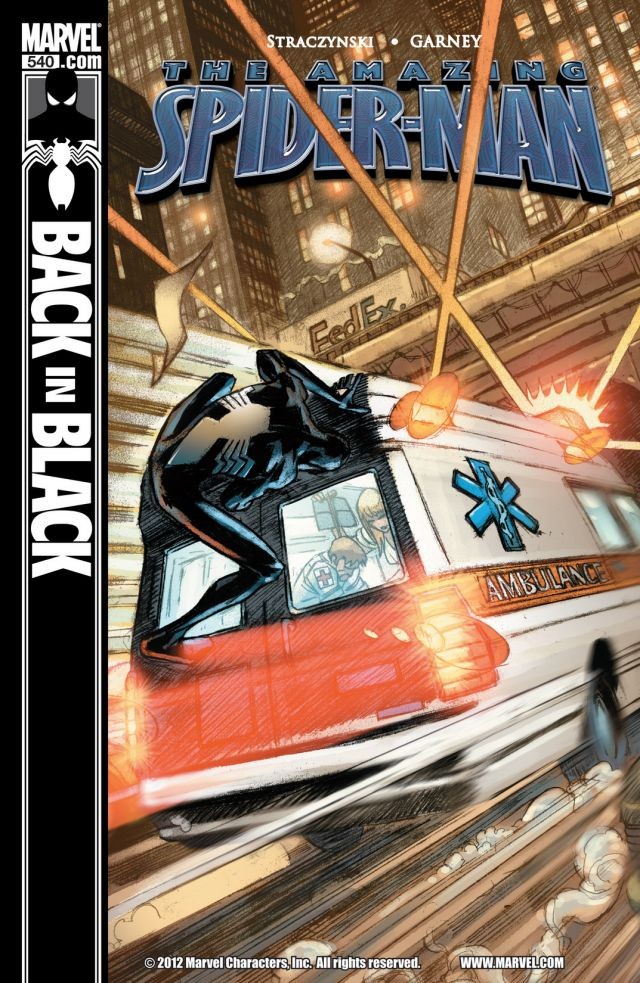
This is a story about consequences. Because Peter revealed his secret to the public in Civil War, his enemies were better able to target his family. The Kingpin gets to them first, and a man working for him shoots Aunt May. Because Peter’s now a fugitive, he has less resources than ever before, so he has to determine who was responsible for the hit, while bringing Aunt May to a hospital with a gunshot wound and keeping suspicions to a minimum (how he deals with this is JMS’s Spider-Man at his best). The final consequence is that because the Kingpin tried to kill an elderly woman a superhero loves, a man with the great power is coming after him, willing to forsake all of his previous promises. It leads to an epilogue where Spider-Man realizes the line he crossed, and how dark the situation has become.
Historical Significance? This story set the table for One More Day, showing Spider-Man at his lowest point. It provided payoff to events seeded earlier in Straczynski’s run, which featured Spider-Man in violent opposition to the authorities. It highlights an aspect of the character that we haven’t seen in a while: his capacity to be very dangerous. After decades of the Kingpin primarily being a Daredevil villain, this was a reminder that he can be dangerous to Spider-Man as well.
As far as I can, it has not appeared on any other lists of the best Spider-Man stories.
11. Coming Home (Amazing Spider-Man Volume 2 #30-35, 37, 38)

Writer: J. Michael Straczynski, Artist: John Romita Jr.
J. Michael Straczynski started his run with a bang. During a tumultuous time, Peter gets a new job, as a visit to his old high school convinces him to use his gifts in science as a teacher. And that might be the third most important thing to happen in this story. Many writers have tried the old trope of the hero learning that there’s a secret behind his origin, but it works here as a man with similar powers to Spider-Man asks a question that has never been considered: are Peter’s powers from the radiation, or the spider? The hints of a higher purpose set in motion an encounter with a new enemy; a monster who literally feeds off of superheroes. Spider-Man has to make a choice of whether to hide or to face the threat, and it culminates in a several issues long battle, beautifully illustrated by John Romita Jr just when digital coloring was taking off. Winning this will require brains, as well as sacrifice, although Peter also makes his peace with the possibility that he will not be able to survive this one.
There’s an epilogue that some readers might consider to be a different story (albeit a really good one) as the aftermath of the fight with Morlun forces Peter to have a conversation several generations in the making. It’s an issue-long conversation that works due to the build-up (it takes an entire day for a supporting character to prepare for it, which is sensible given the shocking news she discovered) and the secrets that come out. Some are small and funny (Aunt May thought Peter may have been so secretive because he was gay) but one adds new layers to a pivotal moment.
Historical Significance? These stories introduced Morlun and Ezekiel, and kicked off JMS’s spider-totem saga. Peter’s job as a teacher lasted for several years in the comics. A supporting character’s awareness of his secret lasted for the entirety of JMS’s run.
“Coming Home” and “The Conversation” both appeared in CBR readers’ list of the best Spider-Man comics. “The Conversation” appeared in Complex.com’s list of the 25 greatest Spider-Man stories as well as MTV’s top ten, while “Coming Home” appeared in IGN’s Top 25.
Coming up next: The top ten.
Think you can do better? You guys still have about two weeks (until May 15) to send your Top 15 to spidertop50cs@gmail.com. A previous entry has further details.


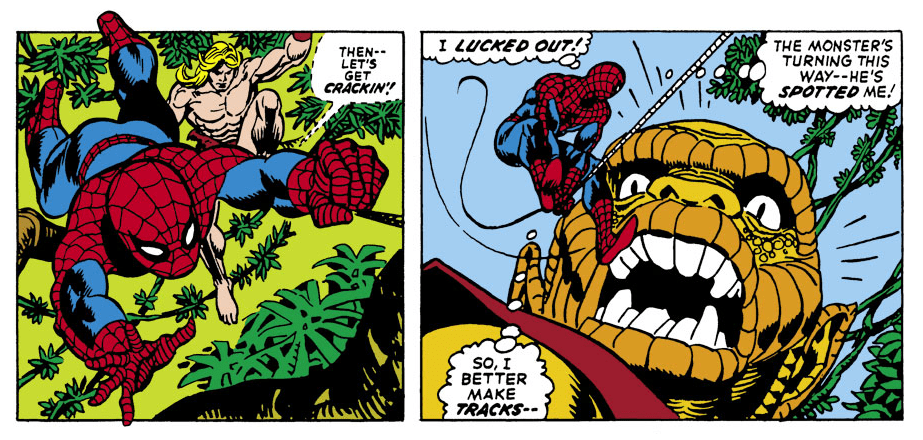
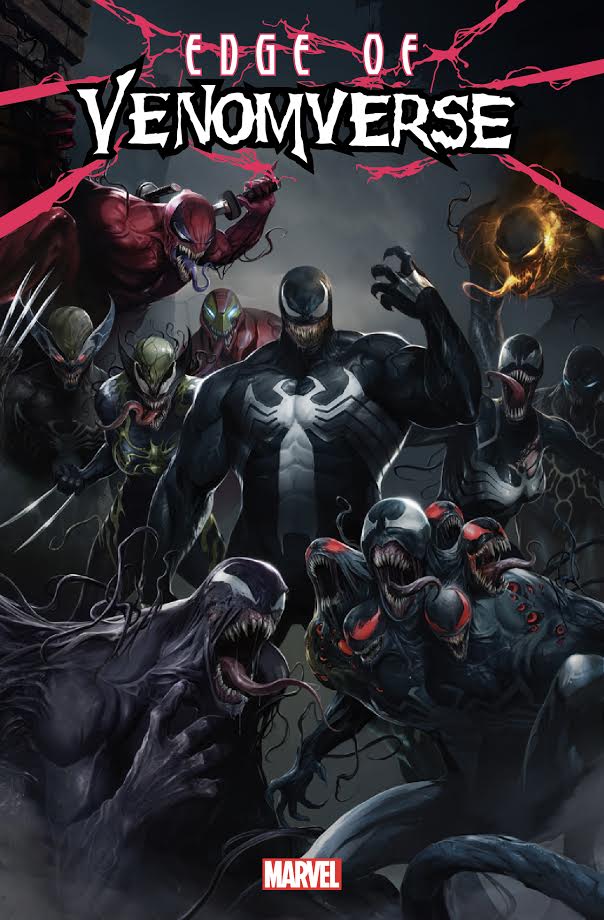
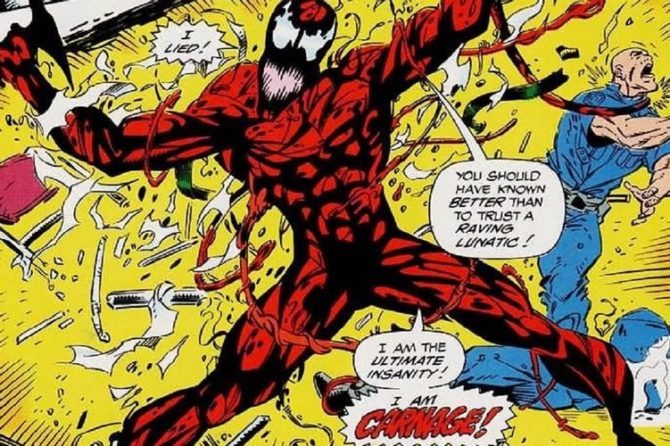





Overall a very good list. Back and Black does not hit my top twenty, nor could I ever conceive of it higher than ASM #238 or #50-53.
I think the surprising show here is the Sensational Spider-Man Annual. Don’t get me wrong, GREAT story. Just knowing how vociferously Mister Mets has argued against the married Spider-Man over the years, it is refreshing to see it listed.
Looking forward to the Top Ten…
@hornacek — Thank you! I hadn’t realized it was a flashback. And the fact that I mixed up the numbering accounts for the anniversary, too. At the time of its purchase I was a thirteen-year-old kid who most likely thought, “Cool, a hologram! I need this.” I wish I could get my hands on it and read it again. (It’s at my childhood home, I believe.) Incidentally, I was inspired by yesterday’s posts and reread Kraven’s Last Hunt, which I would put in my personal top 3.
@Evan – ASM #365 (with the hologram) ends with Peter’s meeting his “parents”. According to the Marvel wiki, there is an additional story where they show the burglar, but it’s a flashback (he’s still dead from ASM #200).
Regarding #15 and the return of the Burglar — Didn’t he return (again) in Amazing #325 (the big 30th anniversary issue with a hologram on the cover)? This was just 25 issues after the big 25th anniversary issue with the McFarlane cover, and I remember thinking how similar their cover layouts were.
#20 – This should be higher, but I’m glad to see it in the top 20. I had been reading ASM since the 180s but I feel like this was the first issue I read where I thought to myself “Oh wow, this is the start of something.” The fact that Spidey lets the crook go because he doesn’t want to bother going into the sewers to chase him is a nice variation on letting the burglar go, and I like how he realizes it in ASM #239 (?) that it’s the crook he let go that found the Goblin’s lair (so everything the Hobgoblin ever does is Peter’s fault). Also, I have no proof, but I have a distinct memory of a Marvel press release (maybe in Marvel Age?) when #238 came out saying that the Hobgoblin story would be #238-239, 240-245, and would finish in PPtSSM #85 with his identity being revealed in that issue. This seems to contradict everything I’ve heard since then from Stern and DeFalco, but maybe the response from #238 was so great Marvel realized they didn’t have to reveal his identity right away? Anyone else remember hearing this way back then, or am I crazy?
#19 – Great run where you had no idea if the new costume was going to stick around or not, and what it actually is. Everyone seems to forget that the symbiote didn’t make Peter evil here; as Donovan once said, “It just used him like a prison cellmate.” And that ASM #258 cover is such an iconic image.
#18 – I remember when the panel was discussing who should be the next ASM writer (either pre-OMD or during BND) Matt Fraction’s name was repeatedly brought up based on this issue alone. It really is a great story and was even more proof that a married Spider-Man could work.
#17 – Hard to complain about this. So much world-building here. Even seen through modern-day eyes it’s a great read and re-introduction to the character. Highly recommend listening to its Amazing Spider-Man Classics episode while reading this issue.
#16 – Hard to argue with a story that was the basis for the greatest Spider-Man film. Lee likes to tell the story that this issue was so well-received, it was used on college campuses by professors teaching about psychology. A bit undercut by the fact that Spidey had already quit 2-3 times before this (deploy the Bertone-signal!).
#15 – The idea of bringing back the burglar seems so simple, it was amazing that no one had already done it. Such a great confrontation that lived up to the hype. Of course Peter had to be de-powered for the final battle, otherwise it would be over with one punch. Was this the first time Peter took his mask off and revealed his identity to someone else? (not counting retcons)
#14 – At the time this just felt like a never-ending story that just went on and on, but I think I would appreciate it more if I read it now. This story is what The Gauntlet wanted to be – Spidey in a series of battles where he’s put through the wringer in quick succession until by the end he’s completely spent.
#13 – For a “100” issue this doesn’t really stand out like most of the others. Loses a lot of luster from having Spider-Man battle … someone he’s never met before. And the reveal of Eddie Brock followed by Peter saying “Eddie? Eddie Brock?” as if the readers are supposed to know who he is is a big minus (seriously, at the time I thought I had forgotten or missed an issue where this person first appeared, as a named character). Great visual fight though.
#12 – Even knowing this leads to OMD, this is still a great story with Spidey being bad-ass (I loved him throwing a car at the sniper who was in a room 2 floors up). At the time I was coming to the realization that something major was going to have to happen to get Peter out of this status quo (identity known, Aunt May shot, Peter committing multiple felonies). I was hoping for time travel or a Dr. Strange-type spell, wasn’t expecting a literal deal with the devil.
#11 – I didn’t know who JMS was when he came on the book (DS9, not B5) but the hype was big, and he didn’t disappoint. The spider-totem was an intriguing idea, and although I didn’t like all of it, part of it was interesting. Morlun was a creepy villain (loved his Renfield-type servant) and the battle is exceptionally brutal, but as many have pointed out, Spidey has been hit by the Hulk – “I’ve never been hit by anyone that hard before!” just cries out that this is a writer trying to build up a new villain (like having Kaine kill Doc Ock during the 90s). Plus I was so happy with Aunt May finding out and them not doing a “Oh, that was just for a costume party” type of excuse. Loved the issue with her deciding what to do about it, and then their eventually discussion about everything (“Norman Osborn is the Green Goblin.”)